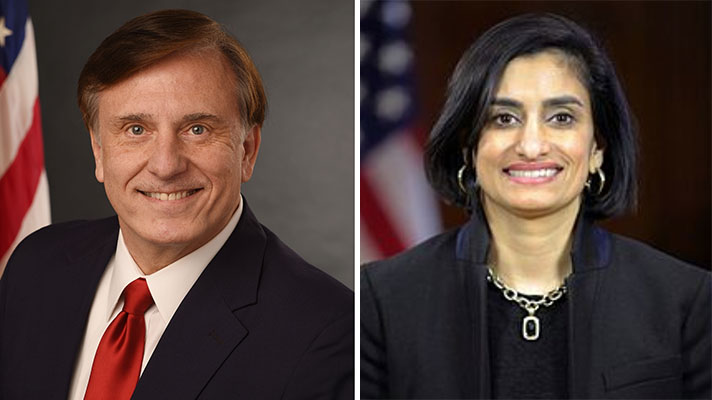189
Two top federal health officials are talking about cutting the regulatory red tape for how physicians are reimbursed, as the final MACRA rule on the physician fee schedule is due out this week.
The Centers for Medicare and Medicaid Services has ta
Fleming aims to reduce red tape
previous post



